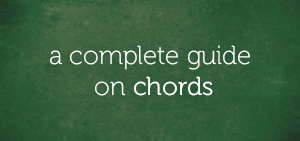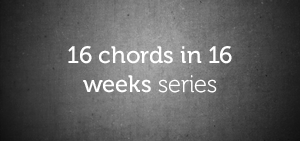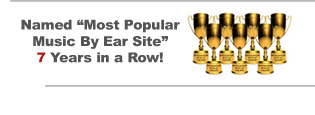As we’ve learned in other posts…
Scales are important!
If you know your scales, playing chords will be very very easy to do!
The Minor Scale
If you remember, the major scale pattern is:
W-W-H-W-W-W-H
Now, to add another “scale” to your musical toolbox, the minor scale pattern is simply:
W – H – W – W – H – W – W
The (C Minor Scale) is:
C – D – E flat – F – G – A flat – B flat – and C
Let’s explore this closer:
From C to D is a whole step (w).
From D to E flat is a half step (h).
From E flat to F is a whole step (w).
From F to G is a whole step (w).
From G to A flat is a half step (h).
From A flat to B flat is a whole step (w).
From B flat to C is a whole step (w).
Try playing all 12 minor scales with the pattern above (C min, D flat min, D min, E flat min, and so on…)
Minor Scales In Gospel Music
Gospel music is closely associated with the minor scale. Another scale that gospel music (and many other styles of music) utilizes is the:
Blues Scale
You’ve heard it in B.B. King’s music! You’ve heard it in gospel, jazz, and rock. Just about any type of music you can think of utilizes the Blues Scale.
The Blues Scale is simply a minor scale without a few notes, and… with one “other” note added. An example is given below:
Remember that the (C minor) scale is:
C (1), D(2), E flat (3), F(4), G(5), A flat (6), B flat (7), and C (8)
*numbers represent scale degree
To create a blues scale, simply get rid of the (2) and (6) degree. In (C minor), that would be D and A flat. Then add the note in between the (4) and (5) degree.
C, E flat, F , G, B flat, C
2. Adding the note in between the (4) – F & the (5) – G would mean adding an F# (or G flat) between F and G.
3. The new scale is:
C – E flat – F – G flat – G – B flat – C
Try playing it!
Note: A blues scale only has 6 unique tones.
You’ll find blues scales all throughout blues, gospel, and other genres. Listen to some of your recordings and you’re guaranteed to hear them!
Well… thank you for your time once again!
Until next time —







Comments on this entry are closed.